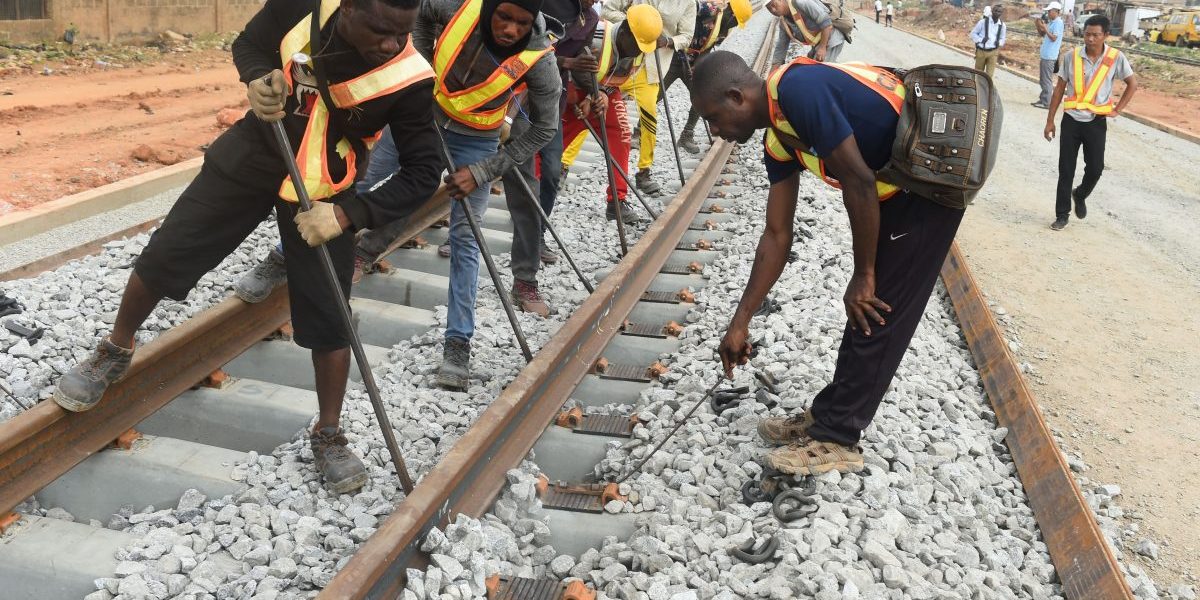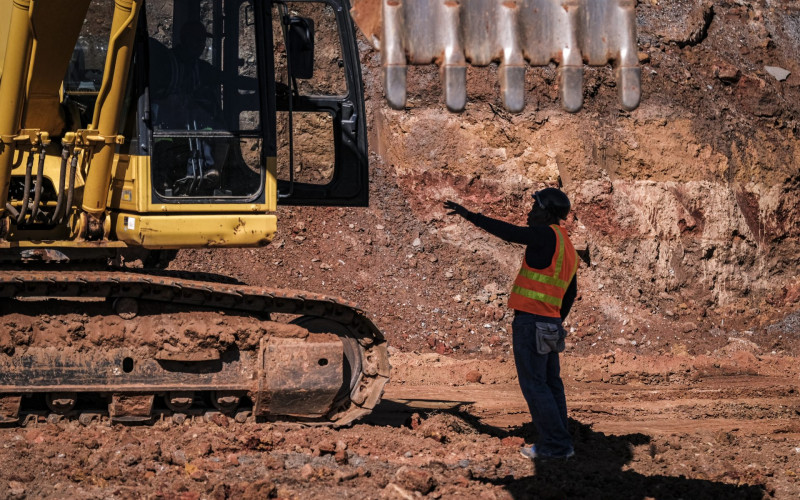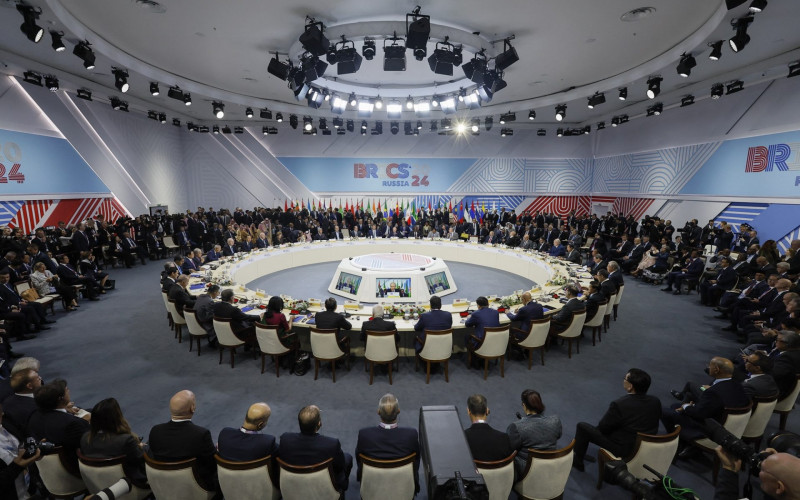Summary:
- Regional infrastructure connectivity refers to the physical, policy and administrative linkages across regional economies via structures and facilities that enable the free movement of goods, persons, services, technology and ideas across the region.
- Regional infrastructure often lacks effective coordination mechanisms and regulatory harmonisation, and have financing models that are difficult to execute simultaneously in multiple jurisdictions, making regional delivery much more challenging. SADC organs and institutions need up-to-date, detailed economic data to provide a clear sense of specific infrastructure gaps and requirements.
- The COVID-19 pandemic has brought attention to the need for increased intra-regional trade to offset disruptions in global value chains across all sectors, including health products and pharmaceutical and fast-moving consumer goods. This has seen a move away from the productivity gains achieved through globalisation towards a new form of protectionism – manifesting during the pandemic in additional non-tariff barriers and tighter cross-border trade conditions.
- SADC is at a critical inflection point where the region faces huge socio-economic challenges and various opportunities. SADC may be poised for a transformation in its infrastructure development trajectory towards better planning, proper policy implementation and cleaner, greener infrastructure options – if the right options are considered and the appropriate decisions taken.
- There is a clear need to reverse the trend away from the self-interests of leaders and national protectionism exacerbated across Africa by COVID-19. By focusing on greater regional interconnectedness and regional competitiveness, SADC can increase resilience to and preparedness for future global shocks.
- Regional trading and value chains should be encouraged, and dialogue and trust – both between and among member state governments and regional businesses – are vital. The African Continental Free Trade Area presents a unique opportunity for intra-regional and intra-African collaboration on NTB elimination, including the development of connective infrastructure.







